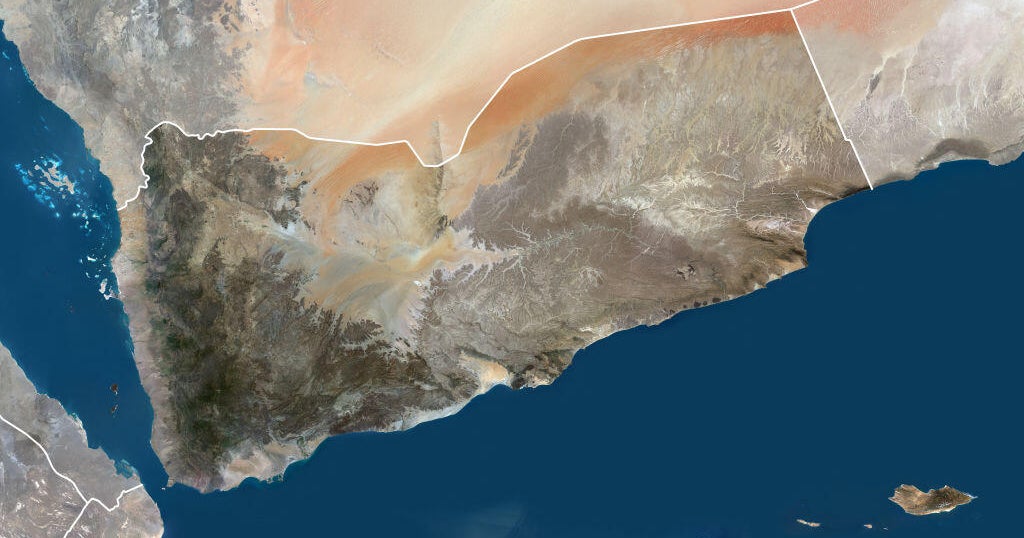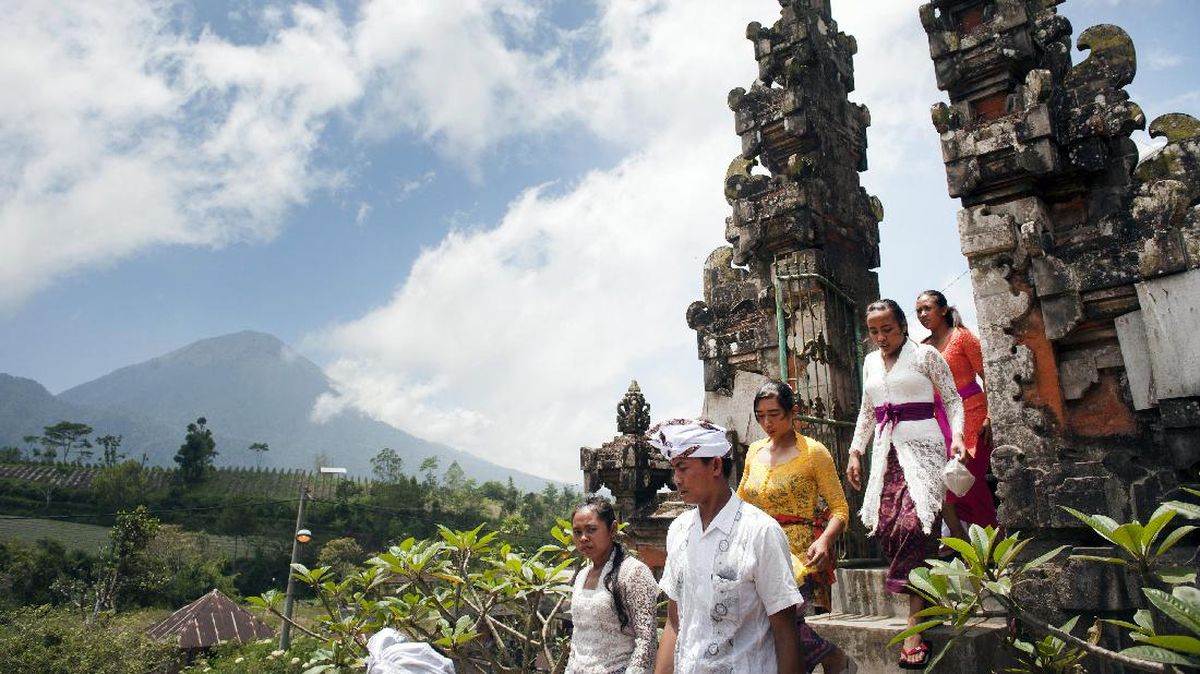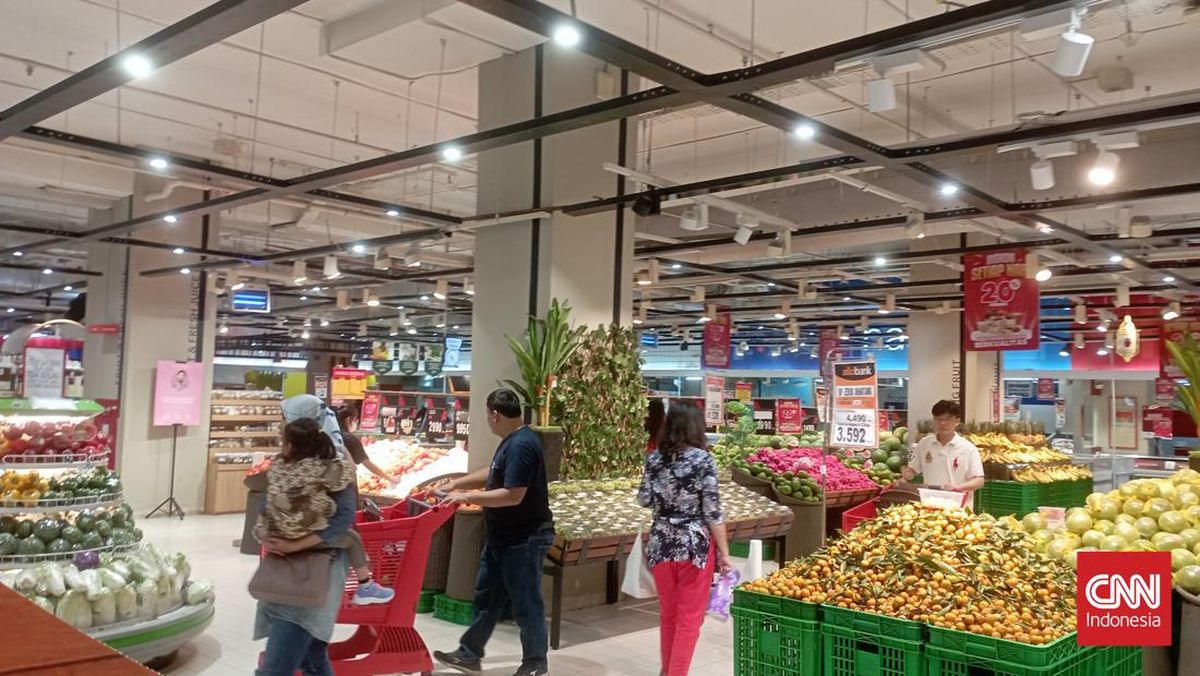By Poppy Johnston
October 18, 2025 — 4.23pm
Three generations of scientists have been returning to the same few patches of Australian tropical rainforest, jotting down what they see.
For 49 years all up, researchers have been recording how fast trees are growing and how many reaching maturity in the lush green foliage of far north Queensland.
Dead or dying trees also make the log. The decades of work has yielded the recent discovery, published in the science journal Nature, that the trunks and branches – known as “woody biomass” – that make up Australia’s tropical rainforests have switched from net carbon absorbers to a carbon source.

Tropical north Queensland rainforests, like Wooroonooran National Park, are showing signs of a shift from carbon absorption to a source of it (file image).Credit: Tourism and Events Queensland
It’s the first ecosystem of its kind to make the transition, with the dense, moist rainforests typically known as photosynthesis hotspots and vital “carbon sinks”.
But climate change-fuelled extreme temperatures, atmospheric dryness, drought and cyclones have killed trees in higher numbers, turning the woody biomass to a net source of carbon.
Loading
It undermines assumptions that as more fossil fuels are burned, trees thrive from the extra carbon dioxide that is released into the atmosphere.
“We would expect to see them growing more through time, and that some of that growth would offset the increase in tree mortality,” Hannah Carle, lead author of the landmark study, said.
“We don’t see a signal for that at all in the Australian moist tropics.”
The postdoctoral research fellow with Western Sydney University’s Hawkesbury Institute for the Environment said the findings could have broader implications for tackling climate change.
While geographically small compared with comparable ecosystems in other parts of the world such as the Amazon, Carle said Australia’s tropical forests occupied a climate space that was “a bit more extreme”.
“It’s a bit drier and warmer than what tropical forests on other continents experience, and so it perhaps lends itself to giving an idea of what we might expect to see elsewhere.”
“It’s a bit more like a climate future.”
While too early to tell if Australia is a true bellwether for comparable ecosystems, the findings build on existing research suggesting tropical rainforests are becoming weaker carbon sinks.
It’s a trend that could pose challenges for a global community reliant on the lush, green landscapes to help keep the climate stable.
“We think a lot about natural ecosystems helping us fight climate change,” Dr Carle said.
“But in this case, I feel like the science suggests that we need to do something about climate change in order to protect the capacity of these ecosystems to help us mitigate it.”
The study lands before the next United Nations climate talks, taking place in the Amazonian city of Belem in Brazil, and follows record highs for atmospheric carbon dioxide reported by the World Meteorological Organisation.
All signatories of the Paris agreement, including Australia, have submitted updated pollution-cutting targets or are due to do so before the global climate conference in November.
The study only looked at tree branches and trunks, which do not make up the full forest carbon cycle but are readily measurable indicators of ecosystem health.
AAP
Most Viewed in Environment
Loading


















































